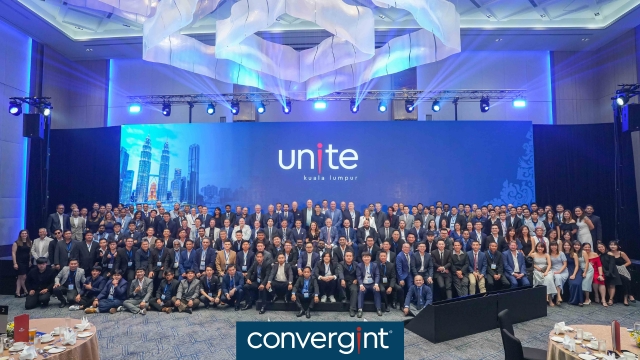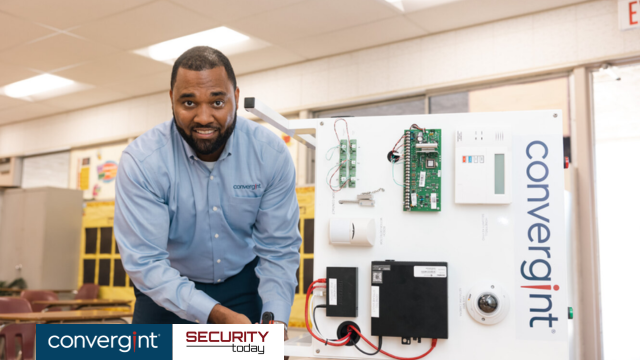Digital technology is changing the way cities and states operate, pushing planners and government officials to reconsider how to harness vast quantities of data to transform urban areas into smarter and safer places. Today’s Real Time Crime Centers (RTCC) are focused on incident management activities and short-term recovery efforts. But with current global events redefining our world and future, state and local authorities will increasingly turn to fusion centers where information sharing has reached a new level. Convergint and Milestone have partnered to form fusion center hubs which will provide resources, expertise, and information to support terrorism, crime, and hazard prevention, as well as to improve public safety.
RTCC’s are traditionally reactive, and workflows are initiated after an incident has occurred. Fusion centers, in contrast, seek to be proactive, predictive and preventative. Fusion centers leverage far more data sources to deliver greater situational awareness and more streamlined, intelligence-driven decisions.
The success of fusion centers is made possible by a robust video management system (VMS). City and state assets include millions of people, government buildings, parks and residential infrastructure, transportation systems, malls, university campuses and hospitals, to name a few. A strong VMS provides real-time alerts and situational awareness, recorded forensic evidence, and a visual deterrent to crime. A flexible, scalable video monitoring system based on an open platform can help security operators manage these concerns efficiently and effectively in real-time.
Real-Time Visualization
Networked video surveillance, wireless technologies, and the IoT have all advanced connectivity greatly over the last few years. Using IoT sensors to gather data in a secure way, the VMS plays an important role in the real-time monitoring and management of an urban area’s crime detection, traffic and transportation systems, government buildings, and more. At the fusion center, a smart wall displays all video data in an installation, allowing security operators to have a complete visualization of large swaths of an urban area in real-time. Oftentimes, the VMS is also connected to mobile devices as well as body worn cameras, giving law enforcement and first responders reliable delivery of video over wireless connections.
Fusion centers also benefit from access to video from third-parties and private entities in response to incidents. K-12 schools, public transportation, colleges and universities, shopping malls and other spaces provide significant value when gathering situational awareness. In the event of an emergency, Dispatch and fusion center operators can access these video feeds and quickly respond to dispatch a squad car or first responders safely and appropriately.
Emergency Response
The VMS also manages incident alarms, pushes video, and activates public address announcements for rapid emergency response. Multiple cameras are monitored simultaneously using video analytics designed to alert security operators to situations, such as identifying and locating a suspect’s car using license plate recognition. By correlating data feeds, security operators are better able to respond to alerts such as gunshot detection. In these instances, mobile VMS apps provide law enforcement and first responders with intuitive displays to interpret a situation for clear procedures.
Looking to the Future
In cities and states of the future, intelligent learning technologies will continue to move video content analysis far beyond the capabilities of legacy, rule-based analytics systems. IP video systems generate an enormous amount of visual data, which needs to be handled securely and intelligently to help make optimal decisions.
Information sharing is critical for fusion center security operators to collaborate with local law enforcement, fire response, transportation, schools, airports, and utilities systems. An open platform VMS can integrate with hundreds of camera vendors and third-party applications, allowing data sharing between other systems, devices, and components. Solutions such as interconnected architectures can enable subsystems from community partners to send and share video and alarm information to the fusion center.
As the VMS evolves into a predictive system, fusion center operators will have access to shared intelligence before an incident happens. Ultimately, fusion centers will use data analytics to accurately predict safety threats such as flood risks from rising river levels, overcrowding in public places, and gun-related incidents in at-risk neighborhoods.







